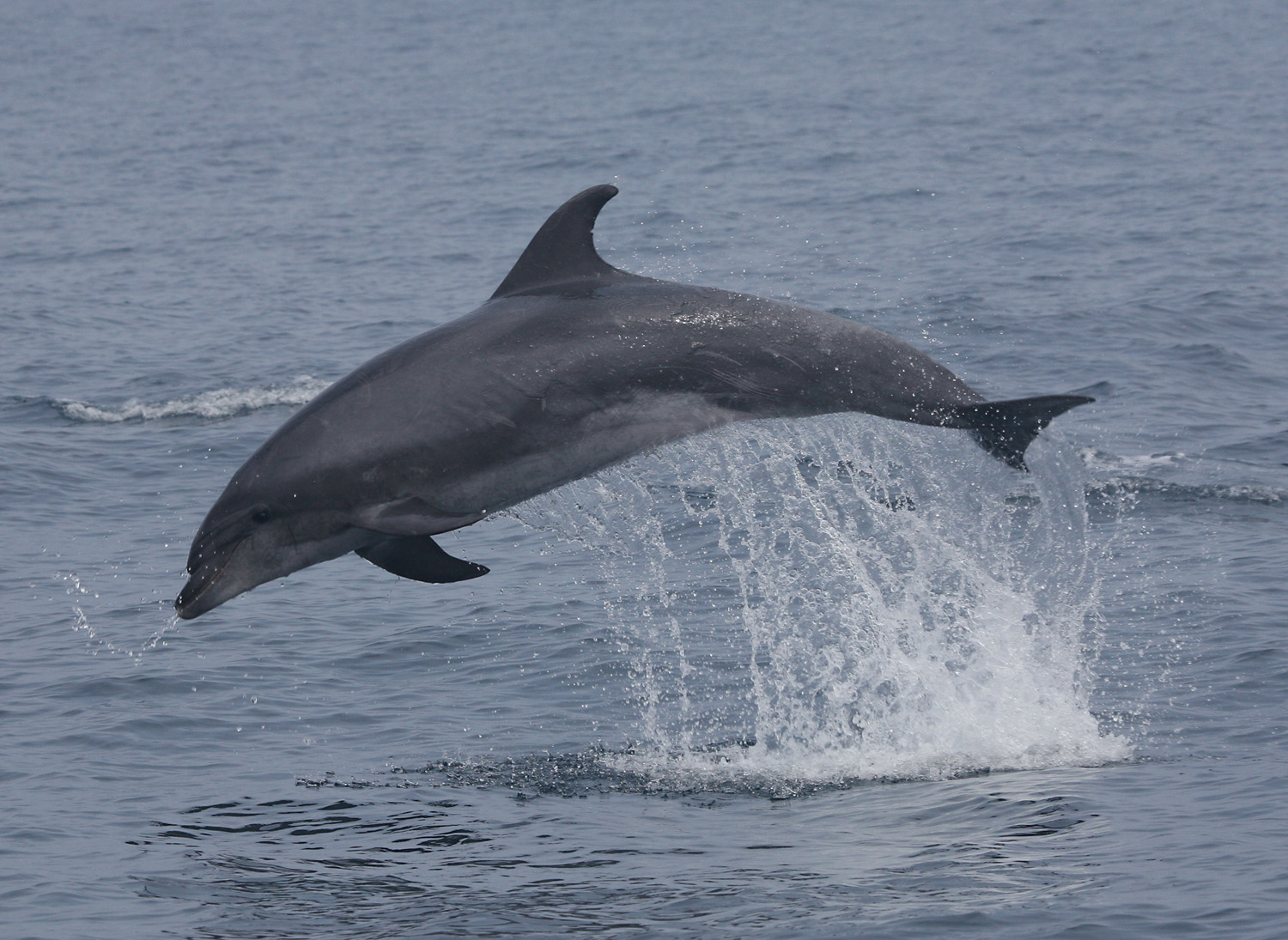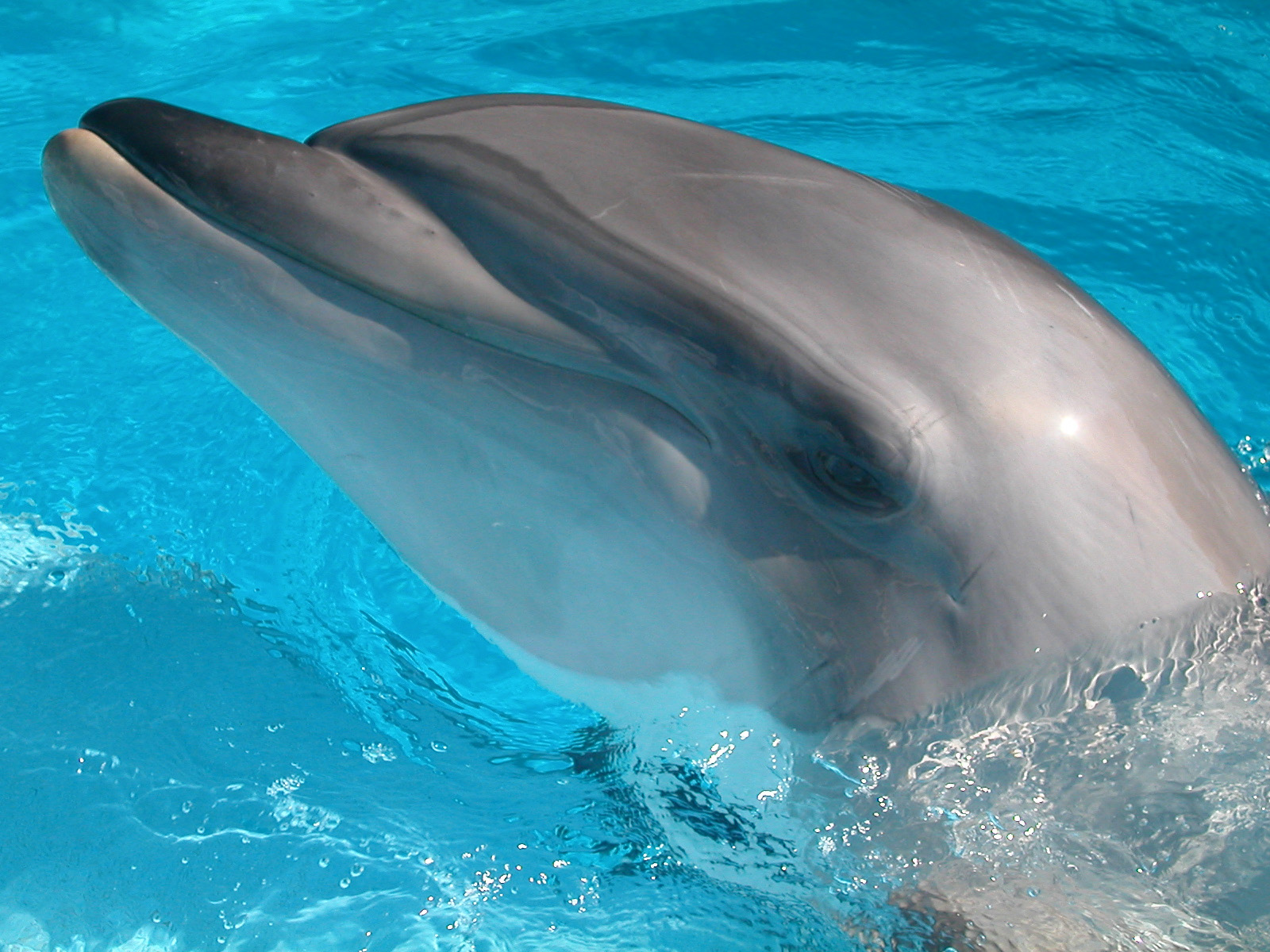

It does not chew its food, instead swallowing it whole. Its diet consists mainly of eels, squid, shrimp and a wide variety of fishes. The types of groups include: nursery groups, juvenile groups, and groups of adult males. K-Dog, trained by the US Navy to find mines and boobytraps underwater, leaping out of the waterĪs a very social species, the common bottlenose dolphin lives in groups called pods that typically number about 15 individuals, but group size varies from pairs of dolphins to over 100 or even occasionally over 1,000 animals for short periods of time. Dolphins have a short and well-defined snout that looks like an old-fashioned gin bottle, which is the source for their common name. In most parts of the world, adult length is between 2.5 and 3.5 m (8.2 and 11.5 ft) weight ranges between 200 and 500 kg (440 and 1,100 lb). Males are generally larger and heavier than females. Description Ĭommon bottlenose dolphins are grey, and between 2 and 4 m (6.6 and 13.1 ft) long, and weigh between 150 and 650 kg (330 and 1,430 lb). The clade containing the offshore, Mediterranean, and Black Sea populations was sister to the western North Atlantic lineage, indicating deep divergence between the two. The study noted only weak differentiation between the Black Sea and Mediterranean lineages, and found them to form a sister group to the offshore lineage, indicating that they likely descended from offshore bottlenoses that colonized the Mediterranean and Black Seas. truncatus, each of which could be a distinct subspecies: a lineage native to the coastal regions of the western North Atlantic (off the coast of North America), an offshore lineage found worldwide in pelagic ecosystems, a lineage native to the Mediterranean, and a lineage restricted to the Black Sea (previously described as T. Ī 2020 study identified four distinct lineages within T. The name has since been reclassified as a junior synonym of Tursiops truncatus. gephyreus, or Lahille’s bottlenose dolphinīottlenose dolphins along the southern California and Baja California coasts were previously recognized as the Pacific bottlenose dolphin, T. ponticus, or the Black Sea bottlenose dolphin T.

Ĭurrently, three common bottlenose dolphin subspecies are recognized: T. The two species are thought to have split during the mid- Pleistocene, about 1 million years ago. aduncus) was recognized as a separate species. That year, the Indo-Pacific bottlenose dolphin ( T.

Until 1998, all bottlenose dolphins were considered one species T.


 0 kommentar(er)
0 kommentar(er)
